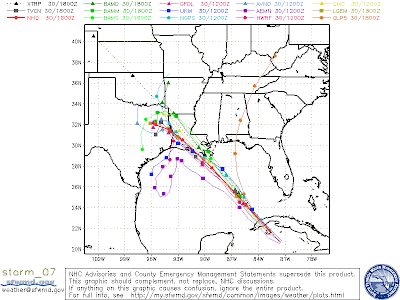 The substance of even the largest financial constructs and empires remains exceptionally ephemeral.
The substance of even the largest financial constructs and empires remains exceptionally ephemeral.
"Ubi sunt qui ante nos fuerunt?"
Merrill losses wipe away longtime profits
By Francesco Guerrera in New York
August 28 2008 23:32
The Financial Times
Merrill Lynch’s losses in the past 18 months amount to about a quarter of the profits it has made in its 36 years as a listed company, according to Financial Times research that highlights the extent of the global banking crisis.
Since the onset of the credit crunch last year, Merrill has suffered after-tax losses of more than $14bn as its balance sheet has been savaged by almost $52bn in writedowns and credit-related losses.
The $14bn in losses for 2007 and the first two quarters of 2008 equal half of Merrill’s profits since the beginning of the decade.
Merrill had the highest ratio of credit crunch losses to historical profits among 10 US and European financial groups analysed by the FT, which included Citigroup, JPMorgan Chase, Bank of America, Morgan Stanley, Goldman Sachs, Lehman Brothers, Bank of America, Credit Suisse and UBS.
UBS, which has lost more than $15bn during the crisis, had the second-highest ratio.
UBS and Merrill – a Wall Street pioneer that revolutionised finance with its “thundering herd” of retail brokers – declined to comment.
Since taking over from Stan O’Neal in November, John Thain, Merrill’s chief executive, has sought to shed toxic assets and replenish its balance sheet by raising almost $30bn of capital.
The size of the losses at Merrill and other Wall Street firms underlines the risks of an investment banking model that relied on complex securities and cheap leverage to drive profit growth. (This sounds like a general description of the US industrial policy since Reagan - Jesse)
Analysts have questioned whether standalone investment banks such as Merrill, Lehman, Morgan Stanley and Goldman will ever top the profit levels reached during the boom in securitisation, leveraged loans and mortgage-backed products.
“The mammoth writedowns suffered by investment banks across the globe show that their business model needs to change,” said Robert Gach, head of the global capital markets practice at Accenture, the consultancy.
Merrill’s historical profits were adjusted for inflation by using a methodology from www.measuringworth.com, an academic website.

































